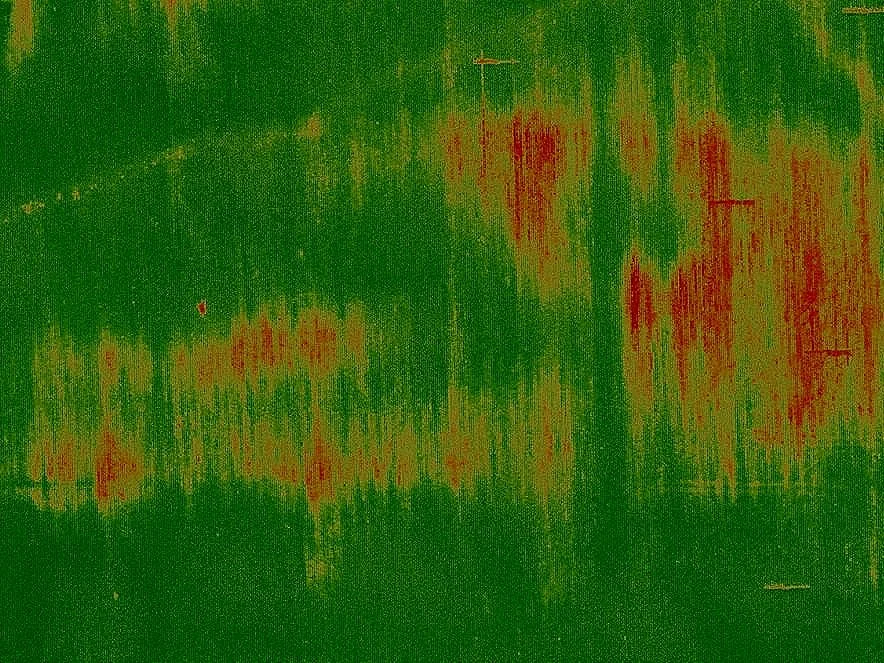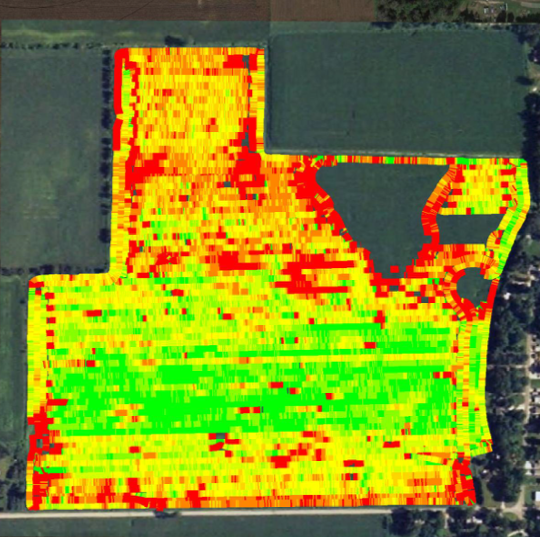An Obscure User Interface is a Privacy Violation
/In my last post, I discussed how unauthorized secondary uses of ag data, when collected for a different purpose, are privacy violations. This post looks at another concept from Professor Solove’s Taxonomy of Privacy—how “decisional interference” is a form of privacy violation.
“Decisional interference” occurs when someone interferes with another person’s decision making through manipulative techniques, such as misleading content, obscuring relevant information, or mind games. Such interferences are a type of privacy violation. For example, a teenager who gets the keys to his parents’ car by telling them he is going to school—but then really goes to a party—has interfered with his parents’ decision making. This is form of privacy violation, because the teenager obtain his parents’ “consent” under false pretenses.
Many website and platform designs overlook this aspect of privacy. In fact, I think in many instances this type of decisional interference privacy violation is encouraged by software developers. How many times have you inadvertently signed up for a subscription service without realizing it? Or found out that the free version ends after three days and your credit card is automatically charged. Or been challenged to find the terms of use governing a platform? User interfaces designed to obscure important information to drive your decision making are privacy violations.
Decisional interference by obfuscation is ultimately a problem of consent. Manipulative techniques are used to obtain your “consent” even when you may not realize it. This highlights the need for valid, informed consent as well as simple, easy to understand contracts involving collection of ag data.
We may have even come to expect such manipulative user interface techniques as normal, just minor annoyances. Instead, we ought to see them for what they really are—violations of our privacy that we would not tolerate in other parts of our lives.













